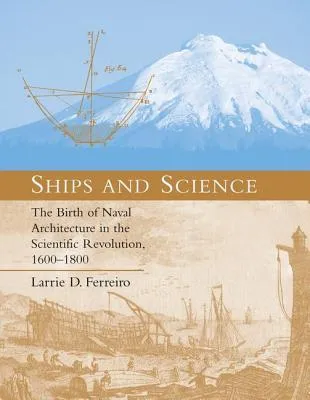Ships and Science: The Birth of Naval Architecture in the Scientific Revolution, 1600-1800
By (author): "Larrie D. Ferreiro"
ISBN0262062593
ISBN139780262062596
AsinShips and Science: The Birth of Naval Architecture in the Scientific Revolution, 1600-1800
Original titleShips and Science: The Birth of Naval Architecture in the Scientific Revolution, 1600-1800 (Transformations: Studies in the History of Science and Tec
"Naval architecture was born in the mountains of Peru, in the mind of aFrench astronomer named Pierre Bouguer who never built a ship in his life." Sowrites Larrie Ferreiro at the beginning of this pioneering work on the science ofnaval architecture. Bouguer's monumental book Trait? du navire (Treatise of theShip) founded a discipline that defined not the rules for building a ship but thetheories and tools to predict a ship's characteristics and performance before it wasbuilt. In Ships and Science, Ferreiro argues that the birth of naval architectureformed an integral part of the Scientific Revolution. Using Bouguer's work as acornerstone, Ferreiro traces the intriguing and often unexpected development of thisnew discipline and describes its practical application to ship design in theseventeenth and eighteenth centuries. Drawing on previously untapped primary-sourceand archival information, he places the development of naval architecture in thecontexts of science, navy, and society, across the major shipbuilding nations ofBritain, France, Spain, the Netherlands, Sweden, Denmark, and Italy.Ferreirodescribes the formulation of the three major elements of ship theory (the science ofexplaining the physical behavior of a ship): maneuvering and sail theory, shipresistance and hydrodynamics, and stability theory. He considers the era'sinfluential books on naval architecture and describes the professionalization ofship constructors that is the true legacy of this period. Finally, looking from theviewpoints of both the constructor and the naval administrator, he explains why thedevelopment of ship theory was encouraged, financed, and used in naval shipbuilding.A generous selection of rarely seen archival images accompanies the text.
